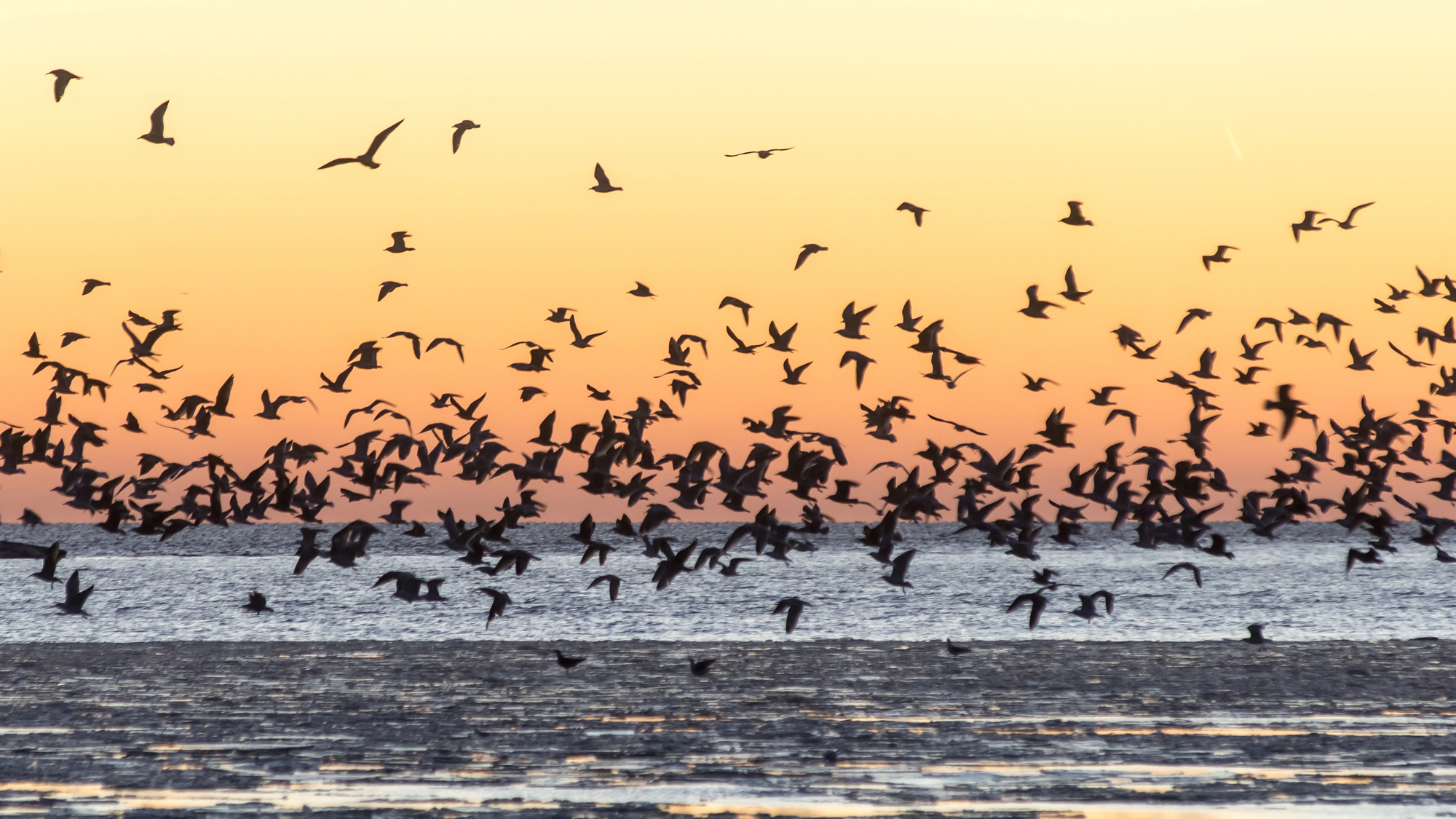

This article was originally featured on Hakai Magazine, an online publication about science and society in coastal ecosystems. Read more stories like this at hakaimagazine.com.
Between March and May each year, 15 million black-legged kittiwakes gather from across the North Atlantic and Pacific Oceans to nest and breed on rocky Arctic cliffs—some making the journey from as far as Florida or North Africa.
But a new study suggests these seabirds don’t arrive empty-handed. They carry souvenirs from the south: forever chemicals known as per- and polyfluoroalkyl substances (PFAS) picked up in more polluted southern waters.
Countless products—from non-stick cookware to firefighting foam—contain PFAS, which leach into the air and water from landfills, industrial sites, or wastewater treatment plants. Previous studies have found that kittiwakes in the Arctic are loaded with these chemicals and suffer from their effects. PFAS disrupt their hormones, impair healing, brighten or dull coloration, and alter the hormone balance of eggs. Researchers assumed the birds’ PFAS load originated in the Arctic, says Don-Jean Léandri-Breton, a doctoral candidate at McGill University in Quebec and lead author of the new paper. His research found the assumption false; kittiwakes pick up these PFAS in more polluted southern waters, likely by eating contaminated fish, and then carry the chemicals hundreds or thousands of kilometers north to their less contaminated breeding grounds.
To trace the geographic origins of the PFAS, Léandri-Breton and his team captured kittiwakes at a breeding colony in Svalbard, an archipelago near Greenland, and affixed them with solar geolocators that could identify where they winter. Then, the following year, they recaptured the birds and sampled the PFAS concentration in their blood, looking at eight different PFAS chemicals.
They found that PFAS concentrations correlate with the southerly latitudes where the birds winter rather than in the Arctic. This suggests that the chemicals in their blood originate from their wintering grounds in the south, where higher pollution levels probably lead to more contamination. Moreover, the amount of PFAS in their blood declines when the birds are in the Arctic, suggesting that they shed the chemicals into the environment through their droppings and eggs.
This study is the first to identify how seabirds are carrying PFAS into the Arctic, Léandri-Breton says, though he suspects other species might exhibit similar patterns. Previous research has also identified other seabirds carrying manufactured chemicals into the Arctic: rhinoceros auklets transport mercury to their breeding colonies in Alaska, and lesser black backed gulls pick up the pesticide DDT in Africa before heading north.
However, the extent to which seabird migration contributes to the PFAS contamination of the Arctic is difficult to measure, says Léandri-Breton. Rainer Lohmann, an oceanographer at the University of Rhode Island not affiliated with the study, says that the amount of PFAS transported by wildlife pales in comparison to the amount carried by wind or oceans. Lohmann’s previous research found that in the Fram Strait east of Greenland, 112 tonnes of PFAS flows from the Atlantic into the Arctic Ocean annually, and 100 tonnes flow out.
Regardless, Lohmann stressed that these “biovectors” have significant localized impacts that are devastating for Arctic predators that accumulate toxins in their bodies. Plus, unlike PFAS in the atmosphere or ocean, contaminants from seabirds often enter the food chain directly. Seabirds are integral to the Arctic food web. “They’re the main prey of many species,” says Léandri-Breton. Arctic foxes, gyrfalcons, and polar bears prey on seabirds, and nutrients from their guano support plant communities that, in turn, support lemmings, ducks, geese, and a wide variety of invertebrates.
Léandri-Breton hopes his research illustrates how migratory species geographically connect different environments—for better or worse. “If you just look into one part of their life, you don’t have the full picture,” he says. “What they do in one season can affect the next.”
This article first appeared in Hakai Magazine and is republished here with permission.
